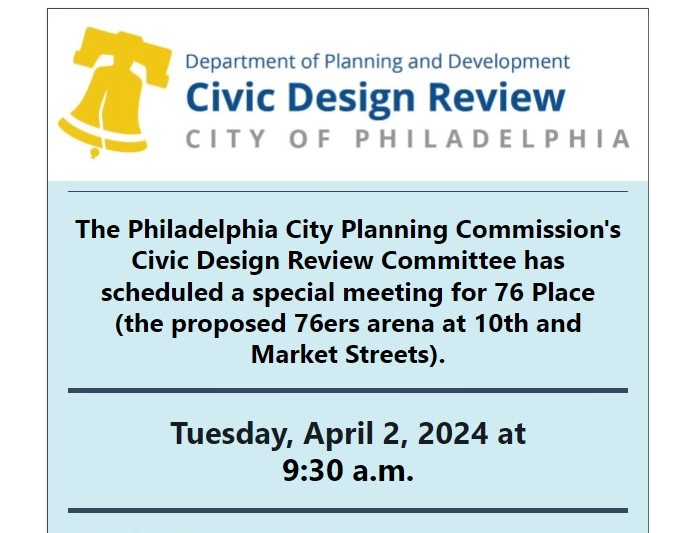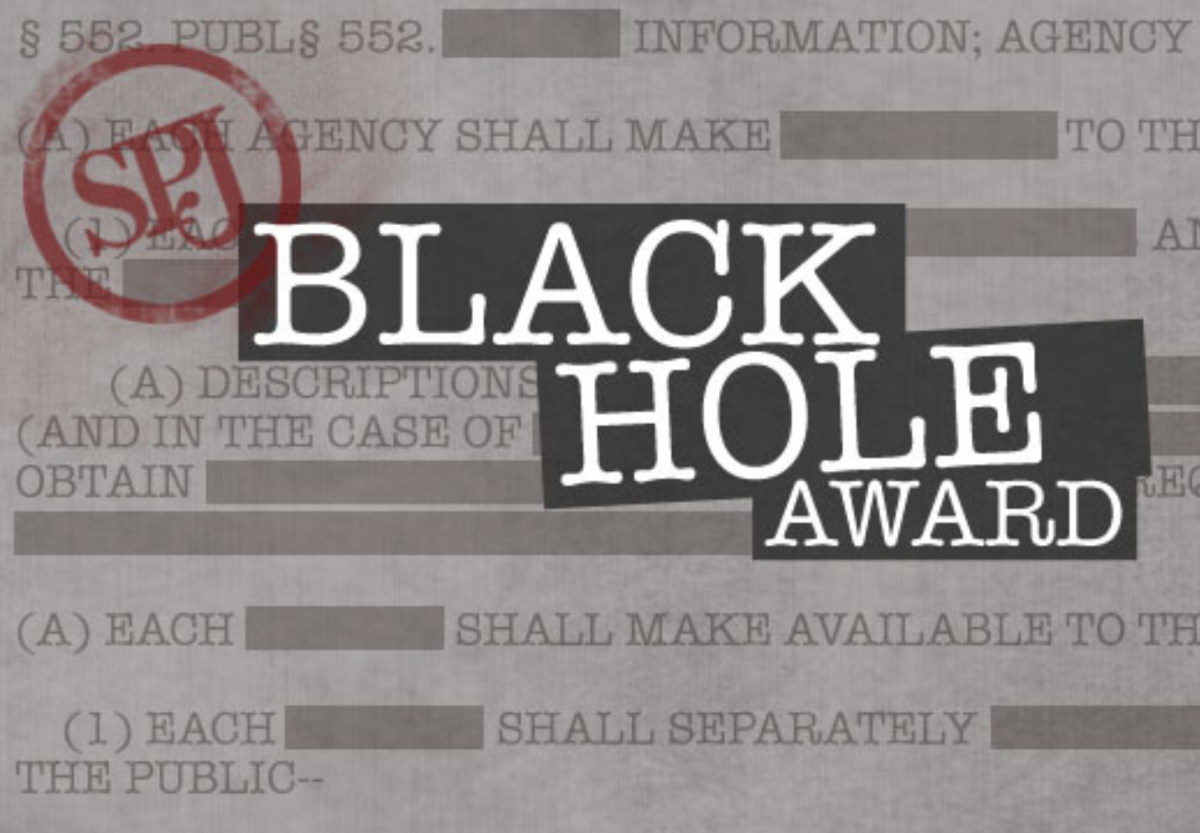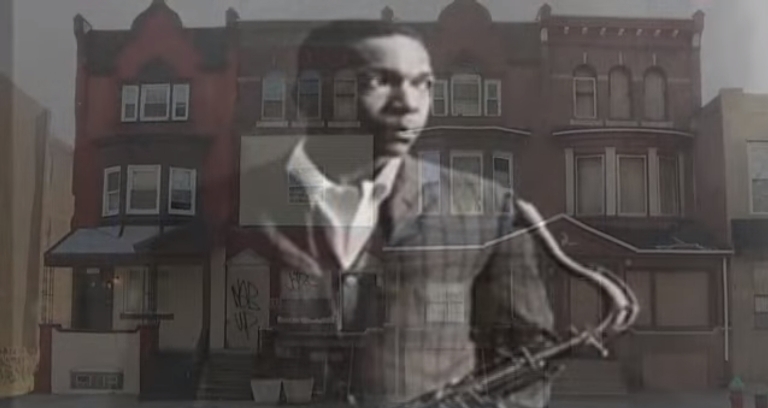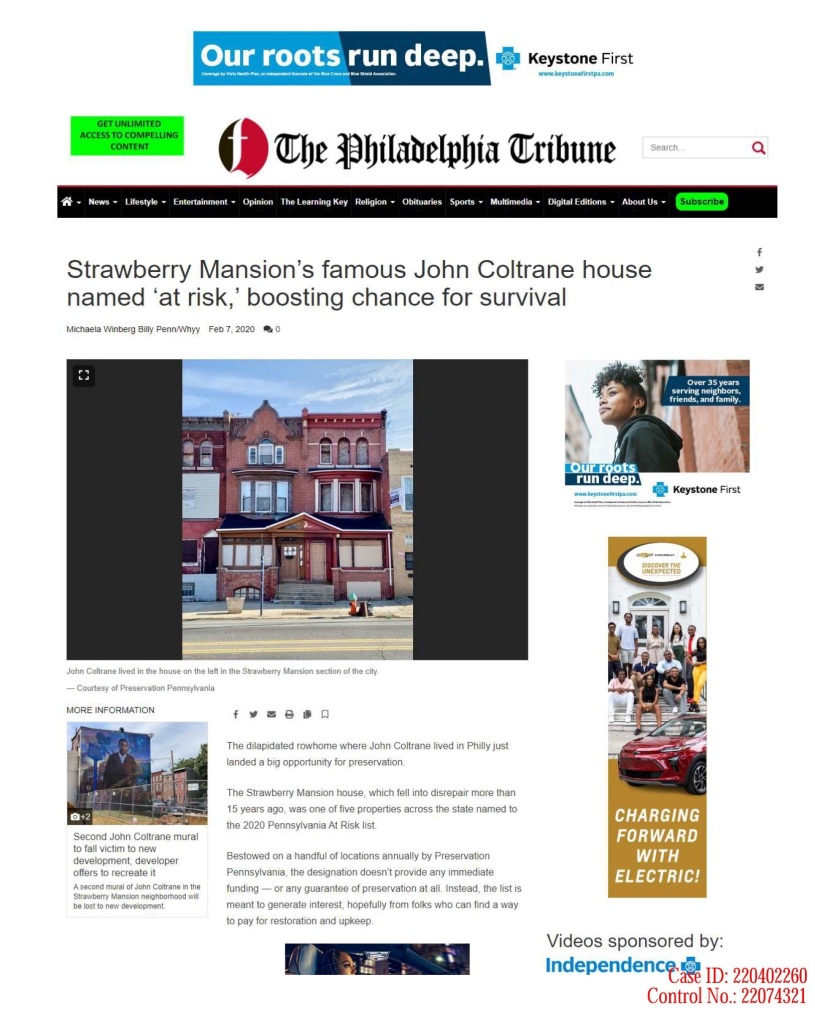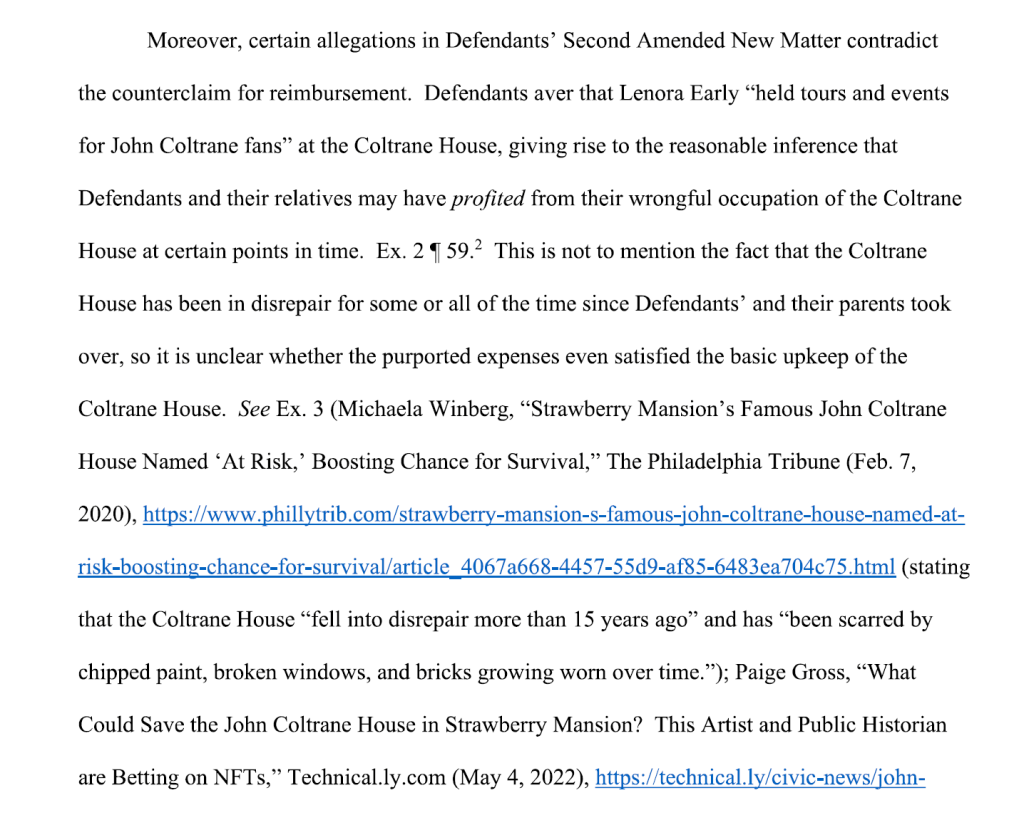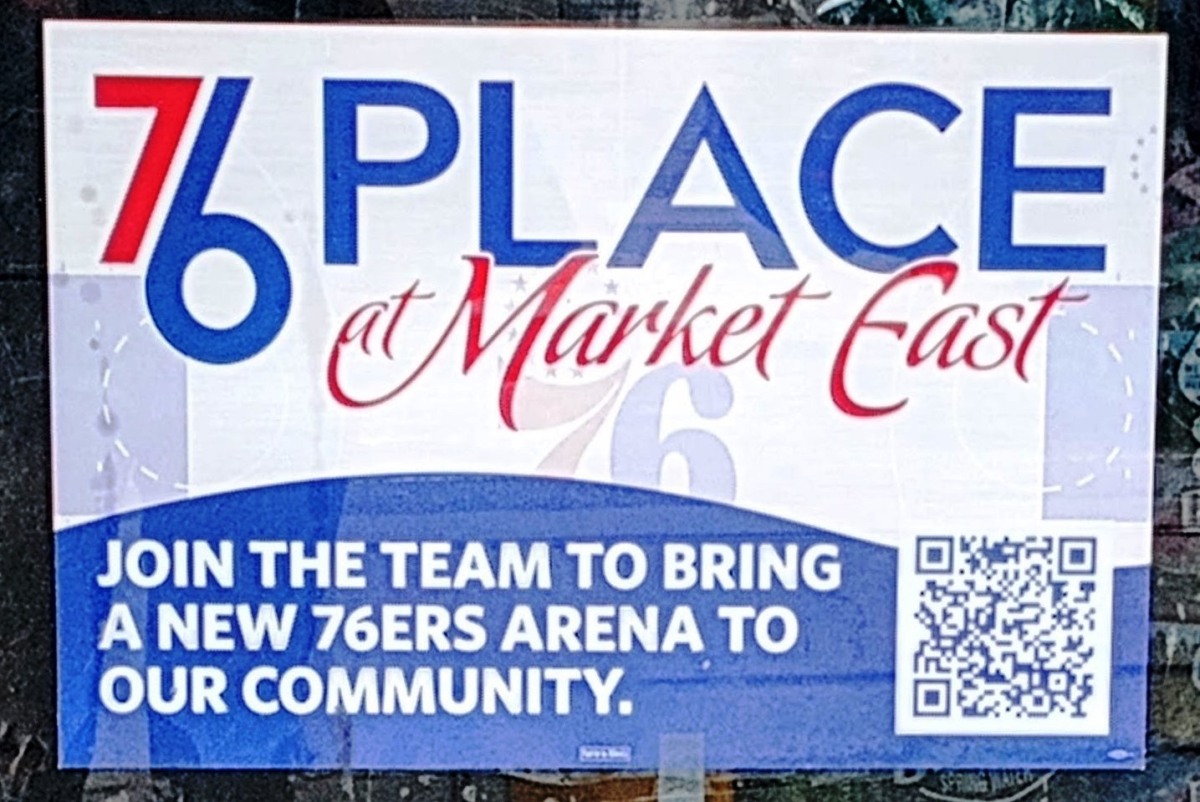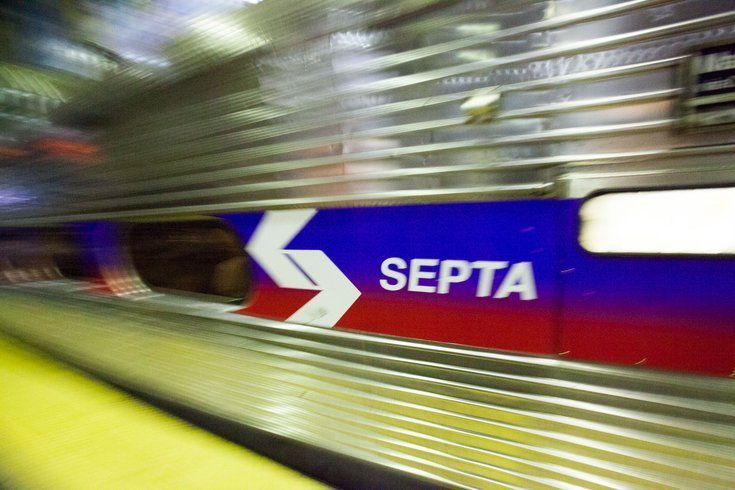76 Place development team’s second time before the Civic Design Review committee fared no better than the first time. KYW Newsradio said the Sixers’ master plan for Market East “got another brutal bashing.”
The Philadelphia Inquirer reported:
Members of a city-appointed advisory panel panned the Sixers plan for a downtown arena on Tuesday, calling it “undercooked” and questioning whether construction would repeat harmful mistakes of the past.
“I don’t think as a city we just need to accept this as our fate,” said committee member Ashley DiCaro, a senior associate at Interface Studio urban planning. “We need to think about the real giveback here and whether we should build this thing.”
Not to be outdone, the Camden-based 76 Place communications team posted a half-baked transit map rife with errors on X/Twitter. When the map was ridiculed, the post was deleted.

Much to their chagrin, I had taken a screenshot.

AT&T Station was renamed NRG Station in 2018. There is no “Bridgeburg” station. The Bridesburg Station is located in Northeast Philadelphia, not in North Philly at the end of the Broad Street Line. How can anyone trust the design of a transit-oriented project when they cannot draw an accurate transit map?
76 Place front man David Adelman told a group of businesspeople that “five years from now people will look back and feel like this was a no brainer.”
Five years ago, the Fashion District was a “no brainer.” The state and city pumped $137 million into the project to revitalize Market East. As noted during the CDR, the Fashion District is now a dying indoor mall:
She [Ashley DiCaro] and some other members of the city’s Civic Design Review committee — which includes design and land-use experts — reached back a half-century to the building of the Gallery mall, which turned three central blocks of East Market Street into a mostly closed, inward-facing series of walls. Five years ago the site became the Fashion District, another struggling mall, where the basketball team intends to build.
Today, DiCaro said, it’s clear the Gallery was a mistake, one that wiped away the natural urbanism of the city in exchange for a promise of development.
The promised development never happened. Instead, Adelman and his development team began meeting with government officials behind closed doors in April 2022. The proposed arena would demolish a section of the publicly-subsidized Fashion District.
In a city that’s majority-minority, Adelman, a billionaire, is playing the race card to further line his pockets. One Pennsylvania Political Coordinator Nydea Graves said:
Arenas are not for the community, they are for the developers. 76 Place won’t pay any property taxes. Research shows that wages fall for black workers when arenas are built. None of this helps our people. The developers pit black folks and Asian folks against one another, keeping us busy while they profit. 76 Place is the same old exploitation dressed up in a Sixers jersey.
76 Place is a self-serving project masquerading as “a catalyst to redevelop and bring back Market East,” a decades-old dead zone for retail and hot spot for crime.




